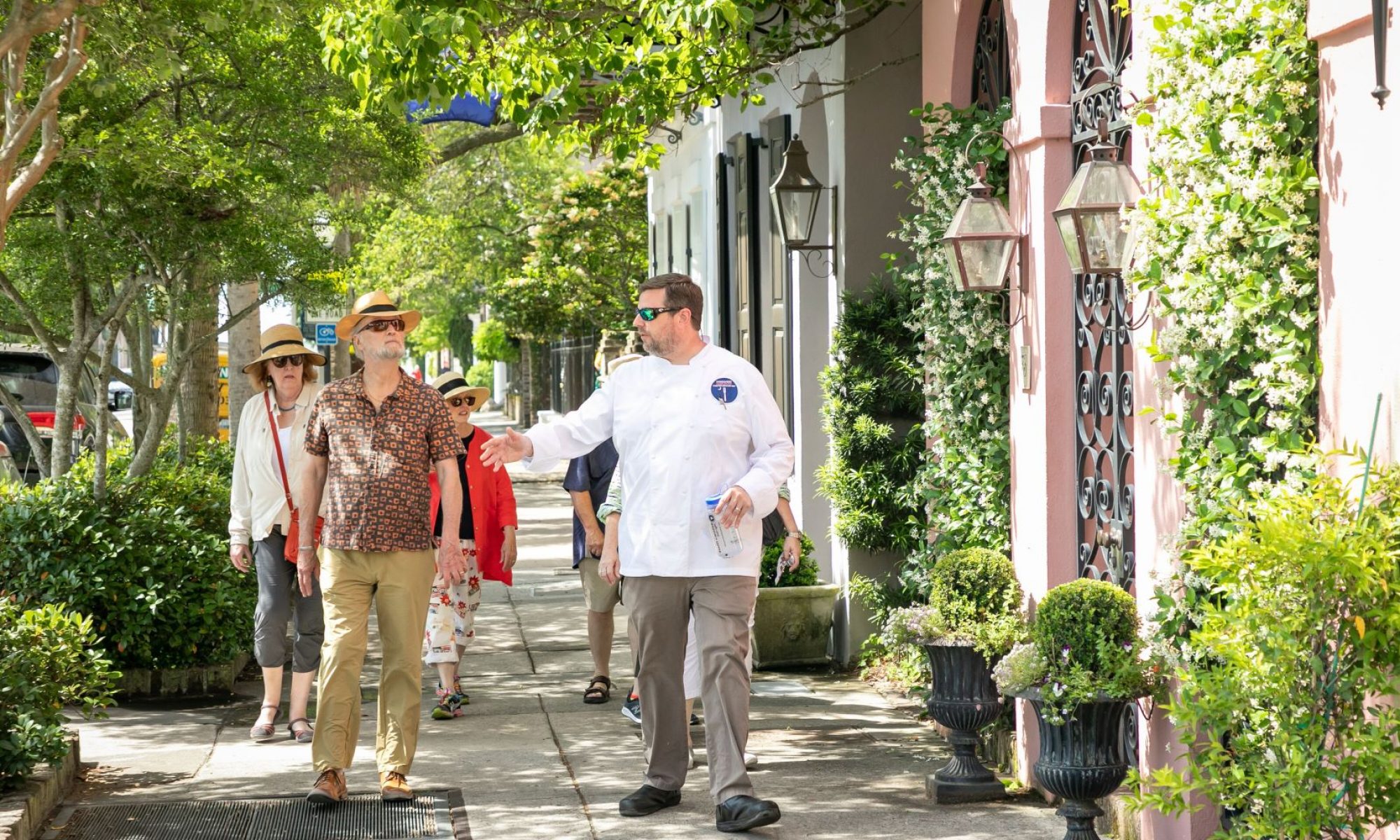
Yesterday, I finally picked up Ben Shewry‘s Origin book down at Heirloom Books. Wild. Foraged. Hyper-local. This is one look at the future of fine dining in the near century. Intensely inspiring. Of course, he’s working with a roto vap and a few things I don’t have access to – but that’s technique. It’s his content that inspires, his approach to sourcing. And so, as so often happens, it got me cogitating…
I will, at some point in the not too distant future, write about the life changing effect our honeymoon in Spain had upon me as a chef. One of the most impactful take aways was the profusion of shellfish we saw and tasted in Barcelona, and how so many of those dishes were reflective of Catalunya’s terroir.
For a long time, I’ve spent time on the beaches here frustrated by seashells. Frustrated that I see washed up shells of razor clams, cockles, whelks and all sorts of mollusc diversity. Frustrated as a chef because I see them, know they’re out there, yet seemingly none of our local providers are clued in to this. It’s the safe bets, like mari-cultured clams, that keep them in business.
As a former tour guide, I learned all about our city’s (and nation’s) founding fathers. This included 18th Century conchologist Edmund Ravenel. Dr. Ravenel was a pioneer in the field (the first to publish on the subject in North America with his Catalogue of Recent Shells in the Cabinet of Edmund Ravenel, M.D. Charleston, S.C. 1834 , and a founding member of the Medical University of South Carolina. He was a friend to Edgar Allen Poe while stationed at Sullivan’s Island, who later served as an editor on the subject of conchology. Ravenel’s student and admirer William Gaillard Mazÿck was active with the Charleston Museum and prolific publisher on the subject. So I knew there was a strong history on the subject here.
What I couldn’t wrap my head around was why no one was eating the local bivalves, gastropods etc, or why there wasn’t more interest. Chefs I spoke to were naysayers. “They taste like s*** wrapped in pluff mud.” The idea got moved to the backburner.
Last year, Kim and I attended the Daniel Patterson supper at McCrady’s. A menu which featured, among other things, local mussels. The wheels began turning again. Then, just a couple months back, we heard of a small start up down in the Ace Basin: St. Jude Farms. St. Jude was focusing on hyper local sourcing, and when I asked about local shellfish-whelks, cockles, razor clams, they didn’t laugh.
We got our first whelks in. They were dirty and pluffy. They were tough, required a mess of cleaning and about 6 hours of cooking to get them as tender as we wanted. We weren’t sure if anyone would get it or not, but the night we ran them, they were gone in an hour. Heads turned throughout the dining room as they left the pass. We just did a simple deviled preparation, accessible, but were immensely pleased at the results.

Stoked for the opportunity. Charleston’s culinary scene just continues to get more and more relevant. As always here in Charleston, our future is just as relevant as our past.



